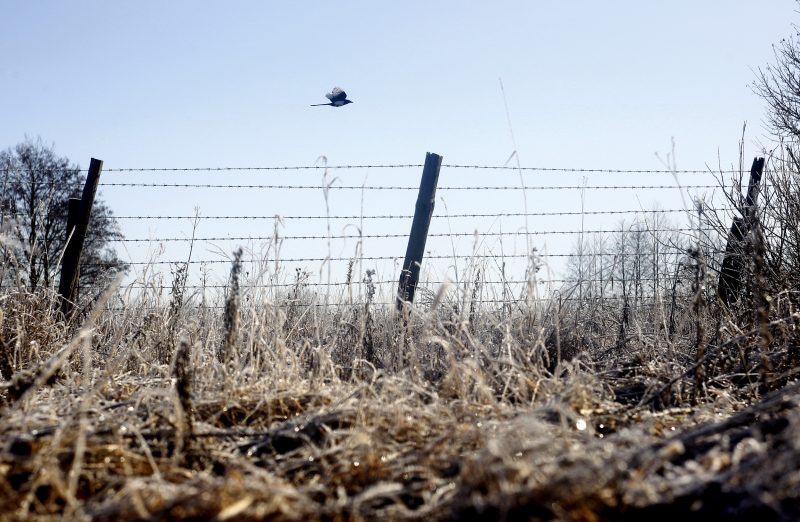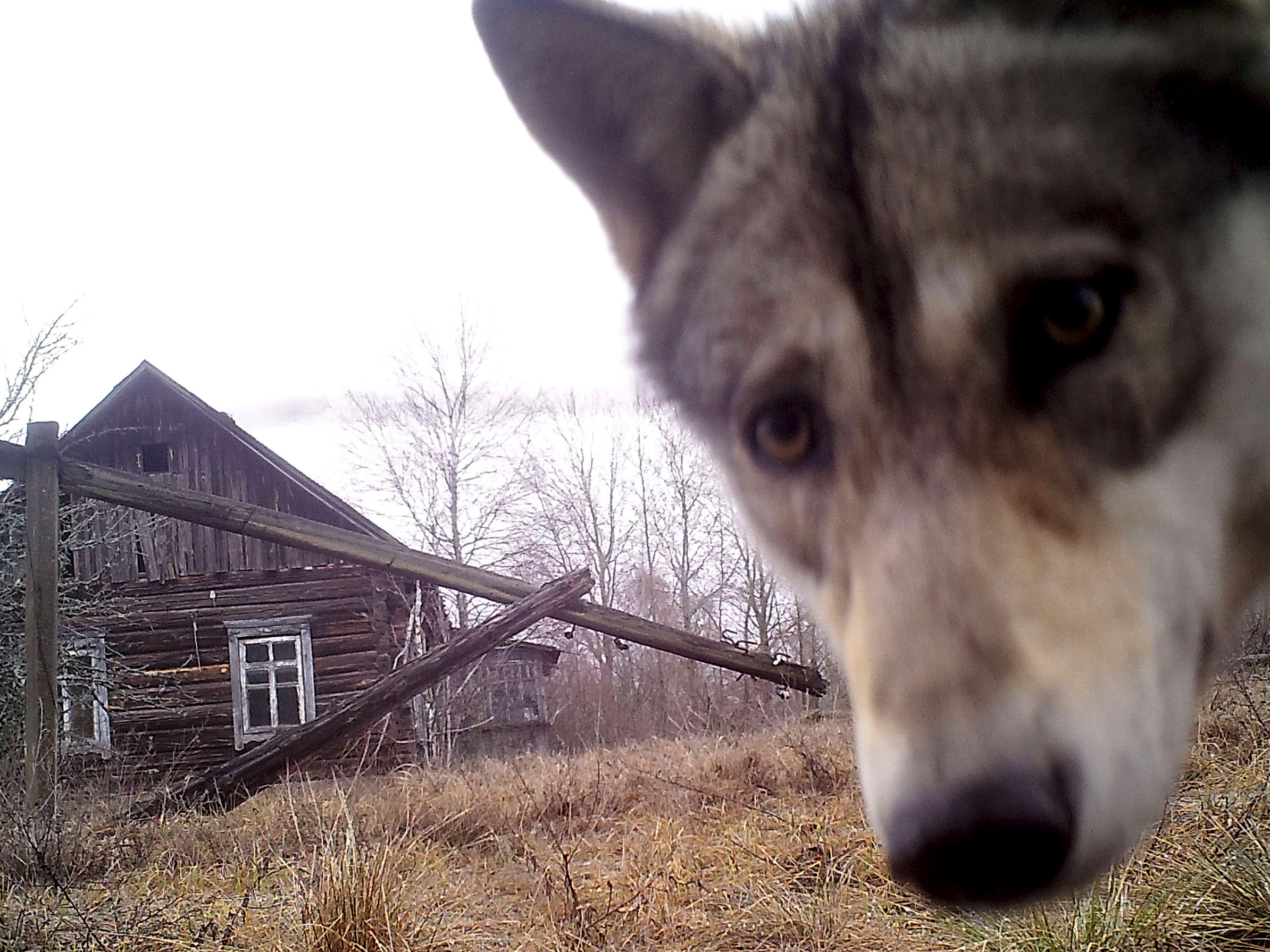- After the 1986 Chernobyl nuclear disaster, more than 100,000 people abandoned the area.
- As a result, wildlife has taken over – and it’s thriving. Scientists say the number of animals there may be higher than it was 30 years ago.
- Elk, deer, wolves, and bison have all taken over.
- Visit Business Insider’s homepage for more stories.
After the Chernobyl nuclear disaster happened in 1986, 116,000 people in the exclusion area were forced to leave their homes permanently. The empty area has been completely abandoned ever since – with the exception of a somewhat newly developed wildlife population.
Due to the lack of human life in the region, scientists are saying it’s possible that the number of animals in the area is now higher than it was 30 years ago. Today you can find elk, deer, wolves, bison, and dozens of other species. On top of that, the growing population of wolves in the area has become a direct threat to nearby livestock. Local farms are paying hunters for each wolf they capture and kill.
Ahead, see images of wildlife that have swarmed the highly toxic area.
Courtney Verrill contributed reporting to a previous version of this article.
Chernobyl is still unsafe for humans due to the high levels of radiation found there.

Despite earlier studies that suggested wildlife in the region could also suffer from radiation, scientists have found no evidence to support these claims.
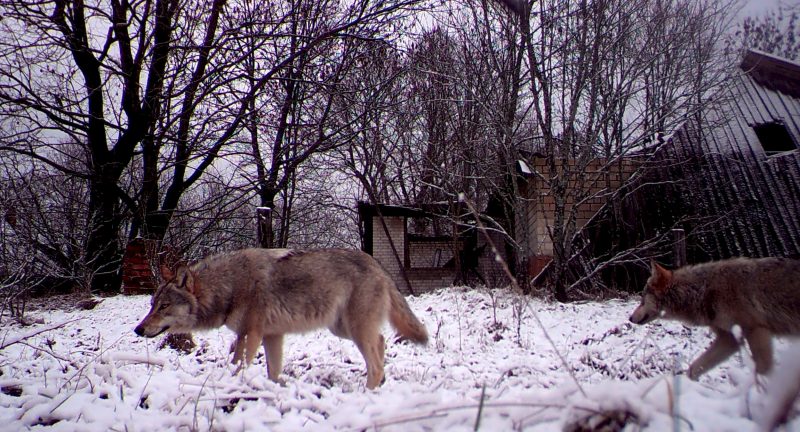
Source: Independent
Researchers think that wildlife returned to the area because it has been almost completely untouched by humans, which has allowed certain species to thrive.

Source: Live Science
Many of the animals are taking advantage of the fact that there is no human life around.

Scientists have found that the population of wolves is seven times greater here than in nearby reserves.
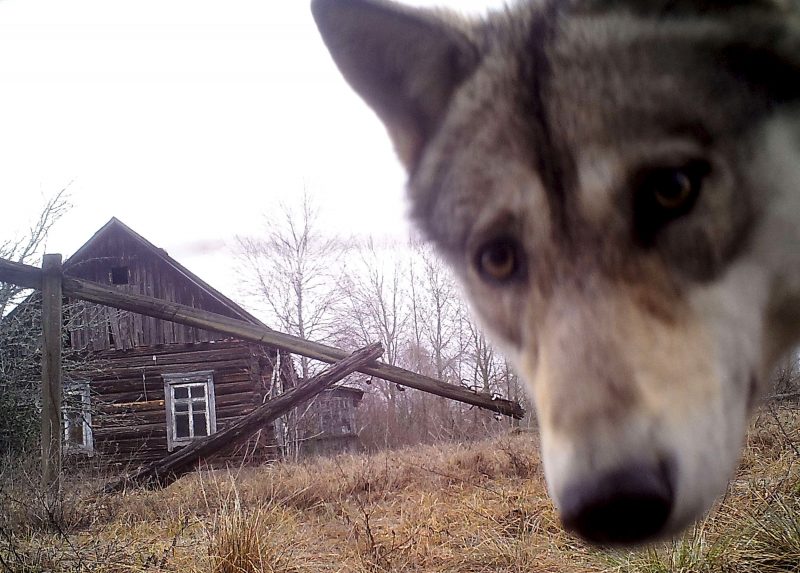
Source: Live Science
Near the Belarus-Ukraine border, local livestock farmers are offering hunters an incentive to hunt the wolves who are killing their farm animals.
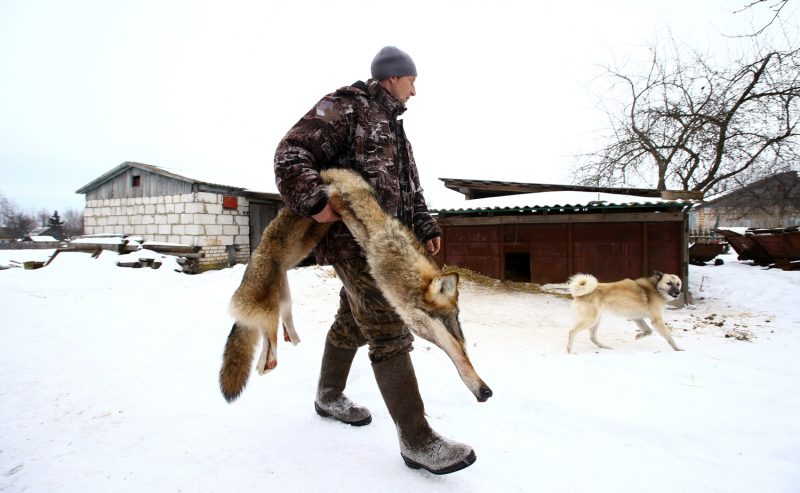
Source: Reuters
Hunters like Belarusian hunter Vladimir Krivenchik and his wife make $80 per wolf they kill.
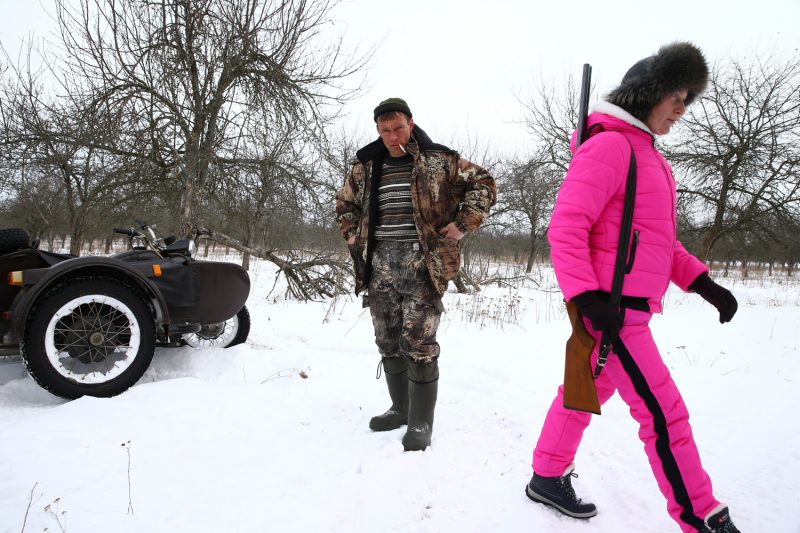
In 2016, about 1,700 wolves were hunted and killed.

Source: Reuters
Though the lingering radiation is unhealthy for the wildlife, the effects of human activity — like hunting, farming, and forestry — are worse on the animals.

Source: USA Today
Larger mammals, such as bison, are more likely to live in this area than smaller mammals.
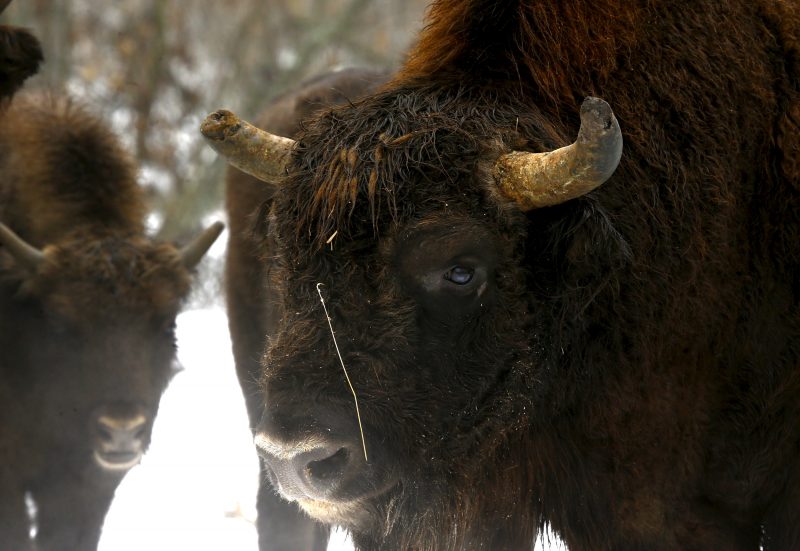
The European brown bear — an animal that hasn't been seen here in over a century — has been documented as living in the region. The area's more popular animals, like bison, live in herds.

Source: Tree Hugger
Birds are a huge part of the wildlife surrounding Chernobyl.

White-tailed eagles are common in the nuclear zone.
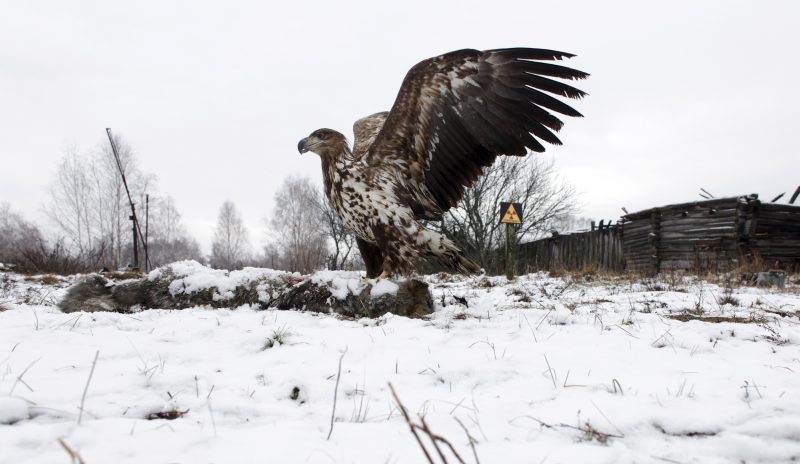
There are even foxes walking around.
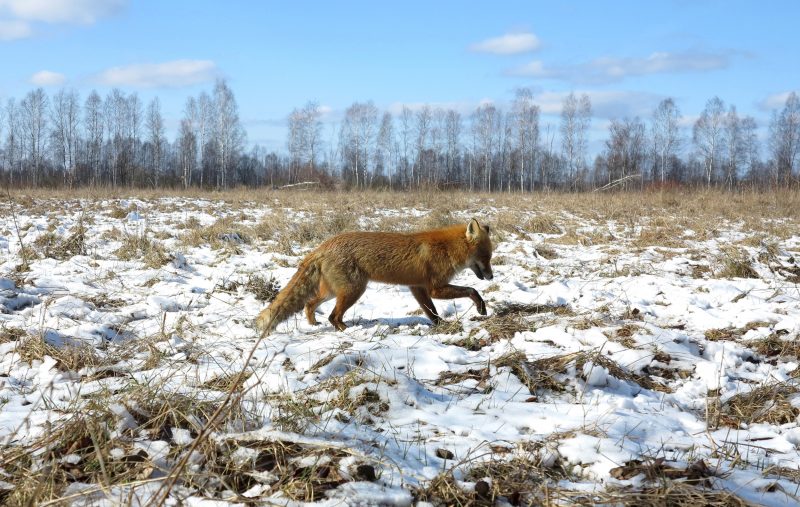
Otters are found swimming in the rivers.

Every day the area looks less like a disaster site and more like a nature preserve.
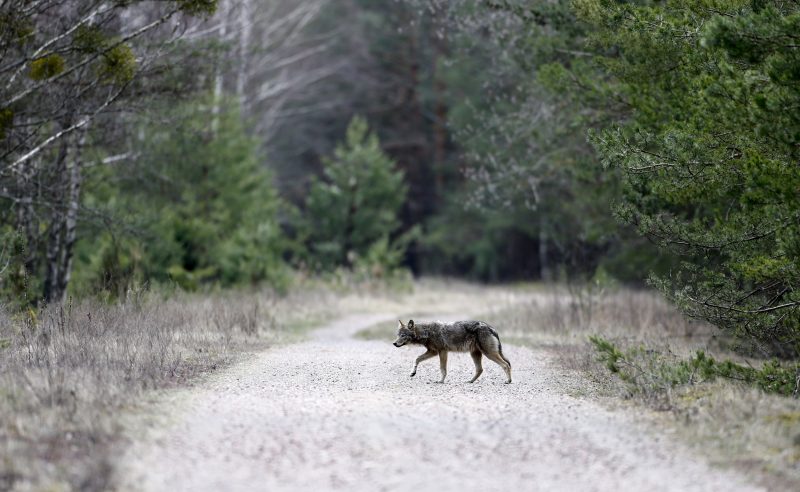
There are still ongoing studies to find out if radiation has a negative effect on animals to the point where it will harm or kill them.
